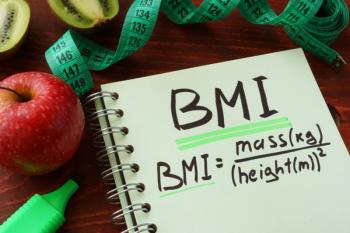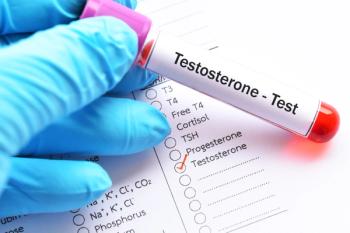
Medication Deintensification Not Seen in Older Patients With Low A1c, Blood Pressure
Study finds a "lost opportunity" to reduce overtreatment and potential medication harm among patients with diabetes.
Only 27% of older patients with type 1 or type 2 diabetes whose treatment had resulted in very low hemoglobin A1c levels or blood pressure (BP) values underwent medication deintensification, creating what researchers said was a lost opportunity to reduce overtreatment and potential medication harm, given the established risks of low BP and blood glucose. Medication deintensification is defined as medication discontinuation or dosage decrease within 6 months after the index measurement.
New guidelines from the American Diabetes Association and the American Geriatric Society, as well as the Choosing Wisely campaign (an initiative of the American Board of Internal Medicine Foundation), have begun to acknowledge the harms of overtreatment resulting in very low BP and A1c levels. These organizations specifically recommend less aggressive treatment for older patients and those with limited life expectancy, such as target A1c level of 7.5% or 8.0%. The Eighth Joint National Committee now recommends treatment in older patients to achieve a systolic BP (SBP) level below 150 mmHg, no longer to a level below 140 mm Hg.
The study,
Participants were eligible for deintensification of treatment if they had low BP (very low, less than 120/65 mm Hg; moderately low, SBP 120 to 129 mm Hg or diastolic BP less than 65 mm Hg) or a low A1c level (very low, less than 6.0%; moderately low, 6.0% to 6.4%) in their last measurement in 2012. More than half of the actively treated BP cohort had moderately or very low BP levels. Of 104,486 patients with BP levels that were not low, treatment in 15.1% was deintensified. Among 81,226 patients with very low BP levels whose treatment was not deintensified, only 0.2% had a follow-up BP measurement that was elevated.
Among the actively treated A1c group of 179,991 individuals, treatment was deintensified in 20.9% of the 23,769 patients with moderately low A1C (6.0% to 6.4%) levels, and in 27% of the 12,917 patients with very low A1c (less than 6%). Of the patients with very low A1c whose treatment was not deintensified, fewer than 0.8% had a follow-up elevated A1c (≥7.5%).
The authors conclude that a shift is needed in how treatment is understood by patients and healthcare providers. Guidelines and performance measures are more focused on preventing underuse than overuse.
“Future performance management systems should consider how to create incentives against both overuse and underuse to motivate appropriate treatment,” the researchers note.
Newsletter
Stay ahead of policy, cost, and value—subscribe to AJMC for expert insights at the intersection of clinical care and health economics.















































